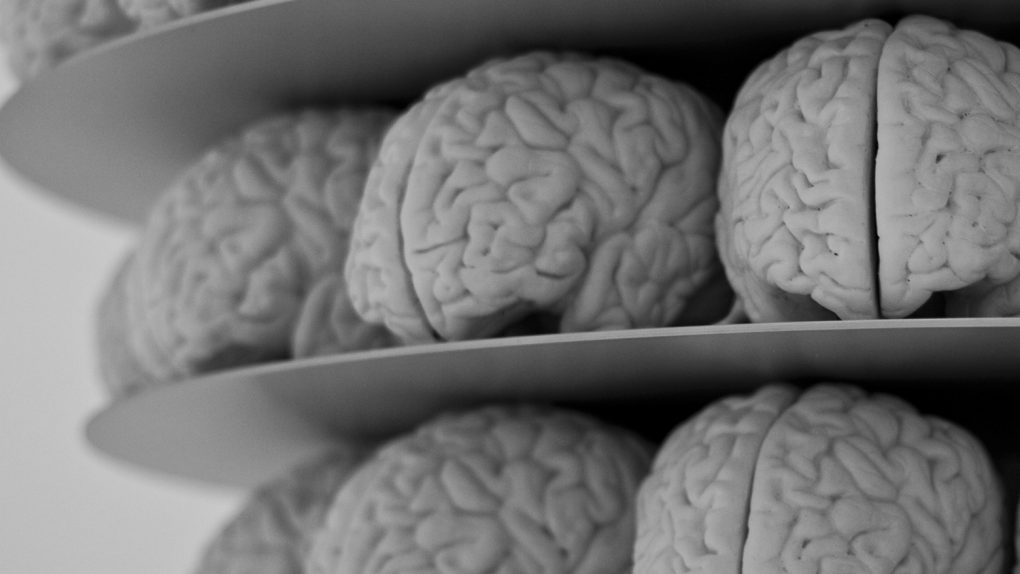The ability to read someone else’s mind is a staple of science fiction and superhero plot lines dating back decades, but it’s obviously never been close to reality. A new study by a team of neuroscientists using a tool they dub “BrainNet” doesn’t change that, but it does take us one tiny step closer, and that’s pretty cool.
The team, which has submitted their work in a paper awaiting publishing, describes how they managed to connect the brains of three different people and allowed them to communicate without seeing each other or speaking a single word.
As ScienceAlert writes, the BrainNet system combines two existing technologies — electroencephalograms and transcranial magnetic stimulation — to allow three participants to passively send brain signals to each other. In this case, the three brains were linked for the purposes of playing a Tetris-like game in a very non-traditional way.
The system, while complex, was actually fairly simple for the participants to use. One individual was tasked with actually controlling the falling blocks in the Tetris clone, while two others had to tell the player whether the blocks needed to be rotated as they fell. To do this, they looked at one of two flashing lights situated on the sides of the game screen.
The “player” could sense these flashing lights even though they couldn’t directly see them, thanks to the special skull cap that relayed the brain signals of the two other participants. The person controlling the block could see whether the placement of the block was successful but could not see the blocks before they were placed.
After conducting the experiment using a total of 15 people spread over five groups of three, the overall accuracy was just over 81%, which is actually pretty impressive. Going forward, the team hopes to enhance the system to allow more data to be passed between participants.








